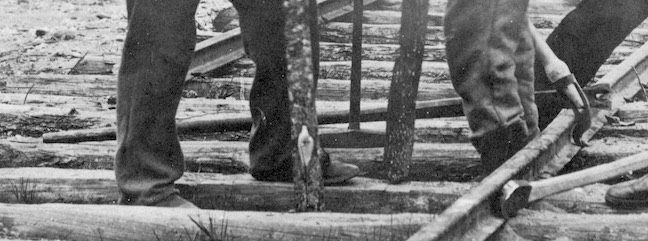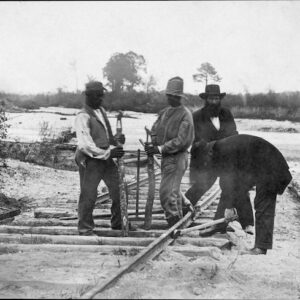Tag: crowbar
 Wikipedia says: A crowbar, also called a wrecking bar, pry bar or prybar, pinch-bar, or occasionally a prise bar or prisebar, colloquially, in Britain and Australia sometimes called a jemmy and jimmy (also called jemmy bar), gooseneck, or pig foot, is a tool consisting of a metal bar with a single curved end and flattened points, often with a small fissure on one or both ends for removing nails or to force apart two objects. Crowbars are commonly used to open nailed wooden crates or pry apart boards.
Wikipedia says: A crowbar, also called a wrecking bar, pry bar or prybar, pinch-bar, or occasionally a prise bar or prisebar, colloquially, in Britain and Australia sometimes called a jemmy and jimmy (also called jemmy bar), gooseneck, or pig foot, is a tool consisting of a metal bar with a single curved end and flattened points, often with a small fissure on one or both ends for removing nails or to force apart two objects. Crowbars are commonly used to open nailed wooden crates or pry apart boards.
The design can be used as any of the three lever classes. The curved end is usually used as a first-class lever, and the flat end as a second-class lever.
Designs made from thick flat steel bar are often referred to as utility bars.
Etymology and usage
The accepted etymology identifies the first component of the word crowbar with the bird-name “crow”, perhaps due to the crowbar’s resemblance to the feet or beak of a crow. The first attestation of the word is dated back to circa 1400. They also were called simply crows, or iron crows; William Shakespeare used the term iron crow in many places, including his play Romeo and Juliet, Act 5, Scene 2: “Get me an iron crow and bring it straight unto my cell.”
In Daniel Defoe’s 1719 novel Robinson Crusoe, the protagonist uses crowbars as pickaxes but refers to these tools as iron crows: “As for the pickaxe, I made use of the iron crows, which were proper enough, though heavy.”
Showing the single result
